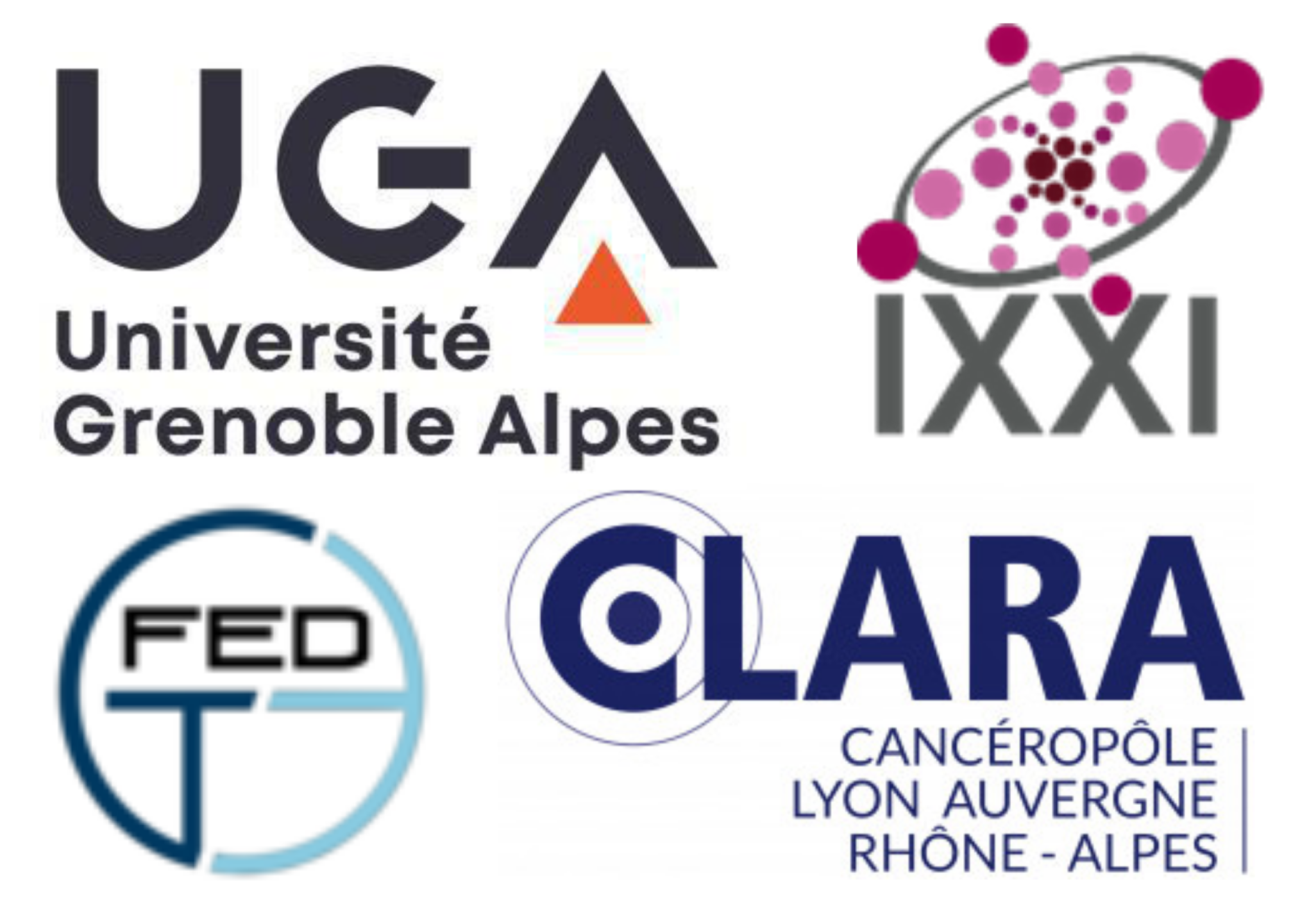Bacterial adhesion is the first step of forming biofilms or tissue infection, and it is essential for both processes. In particular, antibiotic-resistant biofilms cause chronic and recurring diseases. This study aims to understand better the mechanisms of the surface motility of Pseudomonas Aeruginosa, an opportunist pathogen that colonizes solid/liquid interfaces. Surface motility in P. aeruginosa is called twitching and refers to the surface displacement mediated by appendices called type IV pili. We have previously modelled the twitching efficiency as a balance between the pulling force caused by pilus retraction and the friction force between the bacterial body and the surface (Gomez et al., 2023). To validate this model and gain further insight into the critical parameters controlling the strength of bacterial adhesion, we have developed a protocol of adhesion force measurement that combines microfluidics and in situ, cell tracking using optical microscopy. By combining surface colonization assays at low shear rates with orientation and detachment assays at higher shear rates, we can determine the relative adhesion strengths of the cell body and the pili and relate them to the twitching velocity of the bacteria. By varying the chemical functionalization of the surface, we show that this balance can be modulated to test our theoretical model of bacterial motility.
Gomez, S., Bureau, L., John, K., Chêne, E. N., Débarre, D., & Lecuyer, S. (2023). Substrate stiffness impacts early biofilm formation by modulating Pseudomonas aeruginosa twitching motility. Elife, 12, e81112.
 |
Mechano-Biology and Physics of Life (6th edition)25/01/2024 - Grenoble (France) |
 |
|
|
|
Abstracts > Bureau LionelInitial steps of bacterial surface motility studied by with optical microscopy and microfluidics
1 : Mécanique des Cellules en Milieu Complexe
Laboratoire Interdisciplinaire de Physique [Saint Martin d’Hères]
2 : Département de Physique [ENS Lyon]
Ecole Normale Supérieure de Lyon, Université de Lyon
3 : Matière molle, Organisation, Dynamique et Interfaces
* : Corresponding author
Laboratoire Interdisciplinaire de Physique [Saint Martin d’Hères]
|
 PDF version
PDF version
